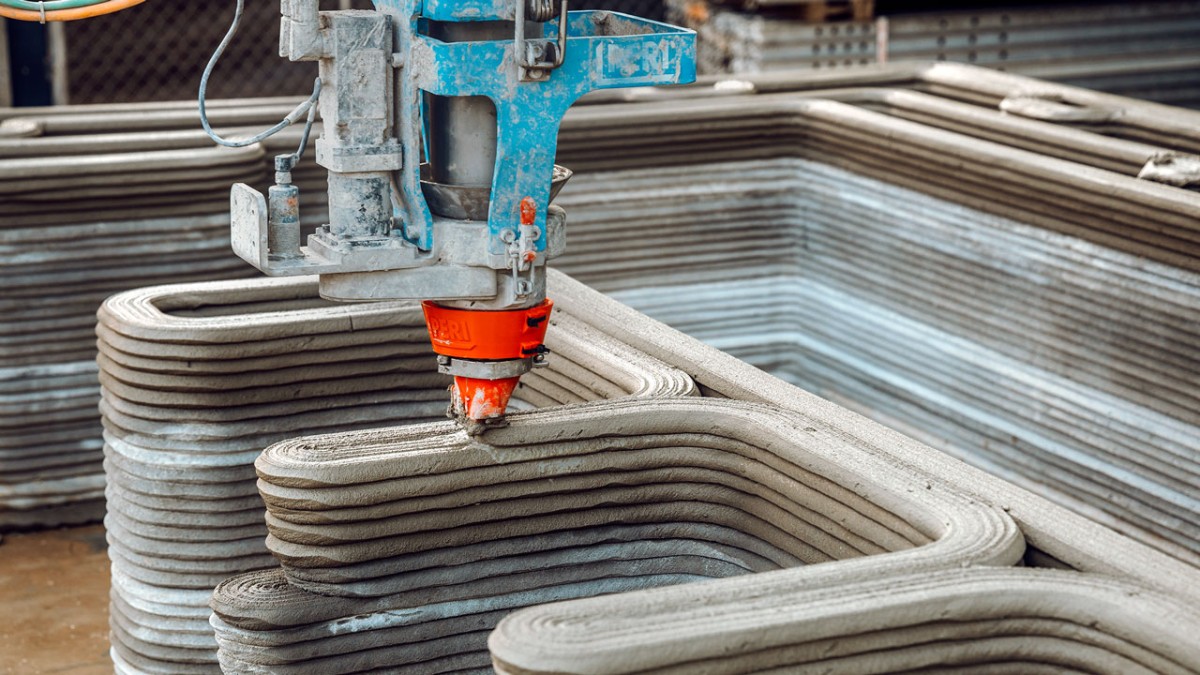this post was submitted on 12 Feb 2024
17 points (87.0% liked)
3D Printing
4351 readers
1 users here now
For everyhting 3D printing related.
Please be excellent to each other :)
Icon by Freepik, Banner photo by Thiago Medeiros Araujo
founded 4 years ago
MODERATORS
you are viewing a single comment's thread
view the rest of the comments
view the rest of the comments

2mm nozzles do exist, and with those you can print at 1 to 1.5mm layer height. It even somehow works with 1.75mm filament.
Is it practical? Not really.
Is it cool? Definitely.
That's cool. I now found a video of a 3mm nozzle in use: https://www.youtube.com/watch?v=NO1qNjNkl-E It really has a special look. Unfortunately I don't think it will be compatible with my printer.
I haven't gotten around to testing it but I have a tool head pending assembly for this and 3mm, or actually 2.85 filament, that can often be acquired really cheap. Its a generic v6 heatsink, all metal 3mm heat break, triangle ceramic heater unit for volcano nozzle, the cht volcano stub adapter and a 3mm nozzle. I have a 3mm orbiter 1.5 but I'm pretty sold on the papilio lite and will probably end up editing the filament clearance for that in cad. I'll be testing it with 0.4 and above but it will likely be used for 0.6 or 0.8 if it works. People keep giving me 3mm filament saying "oh I heard you have 3d printers and someone didn't want this anymore and I thought of you" and hopefully I'll actually be able to use it.
The problem with this is that you need to be able to heat that larger volume of plastic in time meaning you'd have to run it really slowly, negating a lot of the time savings with using thicc layers.